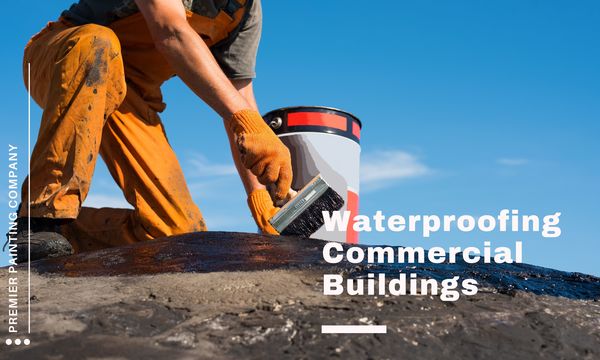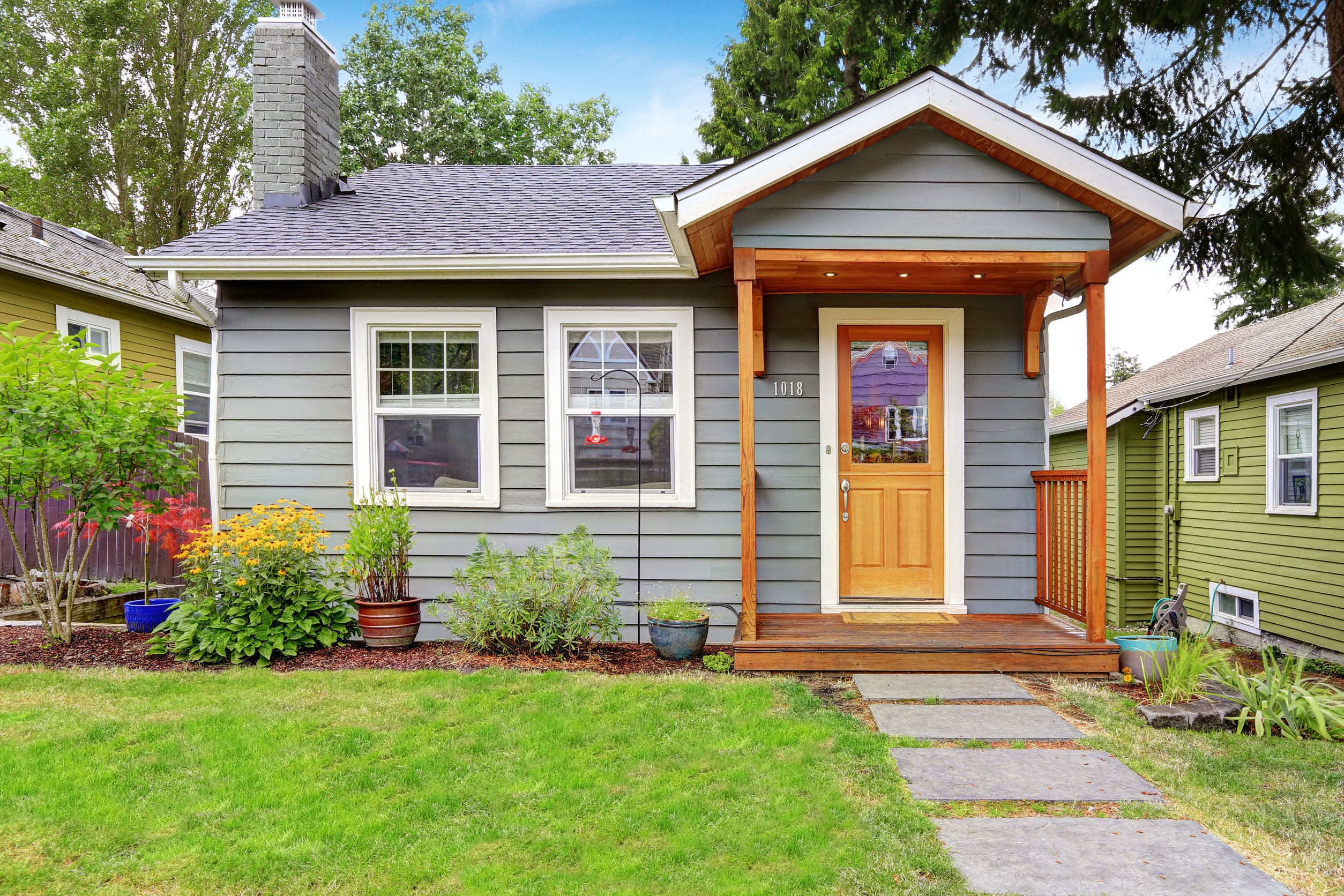Top 5 Ways To Waterproof Your Commercial Buildings

Whether you’re trying to strengthen your current waterproofing method or planning to install waterproofing in your commercial building for the first time, we have mentioned the top ways to do so in this article. Rest assured, by the end of this piece you will be much more knowledgeable about waterproofing and what it entails.
Why is Waterproofing Important?
Waterproofing is one of the construction measures required to ensure the longevity of a building. Yet it is thoroughly neglected, and is considered as an inconvenience rather a matter of importance. Allowing water seepage is an unparalleled risk to the well-being of your commercial building.
The benefits of waterproofing extend beyond preserving the structural integrity of your commercial building. Here’s a look at the essential reasons and core benefits.
For Safety Reasons
It is never a good idea to let water and electricity mix. If you have wiring exposed to leaks due to insufficient waterproofing, there is a grave danger of electrocution and fire. Water penetration can cause mould and mildew to form; these can trigger allergic reactions and respiratory problems for the people working in the building.
More Energy Efficient
If a building is not waterproofed, moisture and water can easily get into the building. This will lead to temperature changes. The HVAC (heating, ventilation and air conditioning) systems will then need to work harder, consuming more energy to compensate for the flux in temperature, consequently increasing your electricity bills as well.
Increases Lifespan
The durability of the building materials in a building’s structure can be hampered through extensive water damage due to water seepage. Waterproofing helps a great deal in keeping water out, consequently providing the maximum service life for your commercial space and promoting comfort.
Retain the Value of Your Property
As already mentioned above, water ingress into your building can lead to substantial damage that is expensive to repair. Unless the harm done to the structure is detected early enough for efficient repairs to take place, it can significantly devalue your property. The risk of water seepage will reduce with a waterproofing system in place.
Top 5 Waterproofing Solutions
Now that we have a better understanding of the importance and potential benefits of waterproofing for your commercial building, let us look into the waterproofing solutions available in the present-day market.
Cementitious Waterproofing
One of the most popular ways to waterproof a building is with the use of cement. The required materials can be easily bought from a manufacturer of masonry products. And they’re easy to mix and apply.
This is generally the best option for areas which contain a lot of moisture, around toilets and showers. It is a robust solution, best implemented on the interior of a building, because it does not expand or contract due to the change in environment. It is essential to apply an additional UV resistant safety coating over it as cementitious waterproofing is not UV resistant.
Liquid Membrane Waterproofing
Liquid waterproofing consists of three layers of coating which provide a secure layer of protection alongside extremely flexible membranes. This method proves to be more beneficial than cementitious waterproofing; especially for outdoor applications.
This can extend the longevity of the materials it is used upon by a sizeable amount. The versatile nature of this type of waterproofing means it can be sprayed and rolled onto a variety of surfaces, providing you with a diverse range of options to choose from when waterproofing your building.
Bituminous Coating Waterproofing
Bituminous coating is another popular choice for waterproofing a building. This type of coating is also called asphalt coating by many. It is flexible, similar to the liquid membrane but uses a different formulation which makes it better for adhesion to certain materials. This method is widely used on foundations made of concrete.
When exposed to sunlight for a considerable length of time, the coating gets frail and brittle. Keep in mind, if you plan to use this on areas that are regularly unshielded from sunlight, it is mandatory to use a modified version of this coating. Either mixed with polyurethane or acrylic acid-based polymers, which are very flexible.
Bituminous Membrane Waterproofing
This is a self-adhesive type of waterproofing membrane used traditionally on low-sloped rooftops. They are comprised of self-adhesive materials such a polymer, asphalt and fillers. An extra mix of resins and oil can enhance the adhesive property.
Similar to cementitious waterproofing, the bituminous membrane is not resistant to UV, so when it is being applied it is crucial to use a safety creed over it. Otherwise, cracks can occur within a couple of years of application, leading to costly repairs.
Polyurethane Membrane Waterproofing
Particularly popular for flat roofs, this method offers a high degree of flexibility, making it very suitable for a wide variety of applications. Worthy of mentioning, this flexibility does come with a hefty price tag.
The professional evaluation of moisture content in concrete slabs is required as polyurethane membranes are sensitive to moisture. If not handled with care and used upon the correct surface, the layer could peel off and cause debonding within a few months.
Waterproofing has proved to be essential in keeping commercial infrastructures shielded from the extreme temperature changes common in the Australian climate.
All of the options mentioned above are fantastic for waterproofing your commercial buildings, as each provides individualistic benefits. Pick the waterproofing solutions best suited for your building and implement them using a painting service convenient to you.







